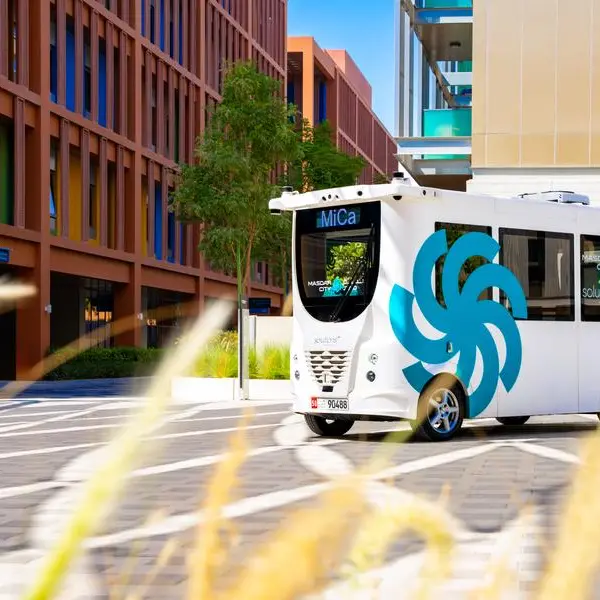As we enter 2022, businesses in the Middle East and North Africa (Mena) region are revisiting their current strategies and setting new KPIs for the next year that would help them maintain resilience in the face of uncertainties brought on by the pandemic.
The region is yet to explore many emerging technologies that can amplify their efforts and help drive better results.
Here are five global tech trends businesses in Mena should get onboard with this year:
1. Hyper-automation: Businesses are doubling down on increasing efficiency to achieve various business objectives faster than before. Hyper-automation is helping create a competitive advantage. Robotic Process Automation (RPA) has been traditionally known to automate simple and repetitive business processes. However, by combining it with technologies such as AI and machine learning, businesses can achieve hyper-automation. This is a far more advanced approach for vetting and automating every aspect of a business process. With the right hyper-automation framework set in place, organisations can expect higher ROI and optimised business processes.
2. Low-code application development (LCAD): Low-code platforms are the best choice for rapidly developing and deploying sophisticated business apps and digital solutions. They are cost-effective and can be used by even those who have not learnt programming as they use a simple drag-and-drop interface. The Mena region is yet to leverage the full potential of LCAD. Hopefully, in this new year, we will see more businesses in the region jump on the low-code bandwagon. Low-code platforms are also critical tools that can help businesses realise hyper-automation, and attain higher efficiency.
3. Cybersecurity— the rise of password-less authentication: The Mena region has had its share of the increasing cybersecurity attacks since the pandemic started. This remains an existing challenge, given remote working is still on the rise with the new Omicron variant forcing employees to stay home, or companies shifting towards a hybrid workplace model altogether. Working remotely poses a great threat due to many reasons, namely unsecured home networks, using personal devices to access business, and irregular patch cycles. This creates security vulnerabilities that hackers can exploit. Cloud-based solution providers are shifting towards password-less authentication. Access capabilities like Multi-factor Authentication such as One-Time Password (OTP), Time-based One-Time Password (TOTP), QR code scanning, push notifications and touch IDcan can offer maximised security protection.
4. Privacy-first approach: Over the last few years, the number of online third-party tracking apps that monitor users’ online activities has grown at an unprecedented rate. A recent survey published by Zoho on Current Data Privacy State in Mena showed that a staggering 78 per cent of businesses across the UAE, Saudi Arabia, Bahrain and Egypt use third-party trackers. While this is standard practice, the methods of data collection and usage by third-party trackers still remain questionable. Only a few tech corporations have started taking a stand against this. Examples of this include Apple’s iOS App Tracking Transparency feature and more. As consumers become more privacy conscious, businesses should develop a privacy-first approach, giving their consumers more control over what data will be collected and how it can be used.
5. Business intelligence: Agility becomes imperative in uncertain times, and agility requires quick-decision making. For that, it’s necessary for decision makers to have a complete and real-time view of all business operations. This is where business intelligence comes into focus. BI apps, especially ones that can draw in data from multiple applications from different vendors, and offer out-of-box reports that facilitate quick decision-making and help organisations be nimbler. BI apps that provide AI and ML capabilities will further enhance efficiency as business users will not have to struggle in creating reports to make sense of the data. They can simply use the AI interface to ask questions like: ‘what are my top selling products?’ and have the AI bot answer by showing the sales chart for the top selling items.
New technologies can be pivotal for business planning, managing operations, streamlining processes and understanding the market. It’s important to have a clear idea about your company’s business needs before deciding which software best fits your needs. Investing in the right tool will help you reap long-term benefits.
Copyright © 2022 Khaleej Times. All Rights Reserved. Provided by SyndiGate Media Inc. (Syndigate.info).




















